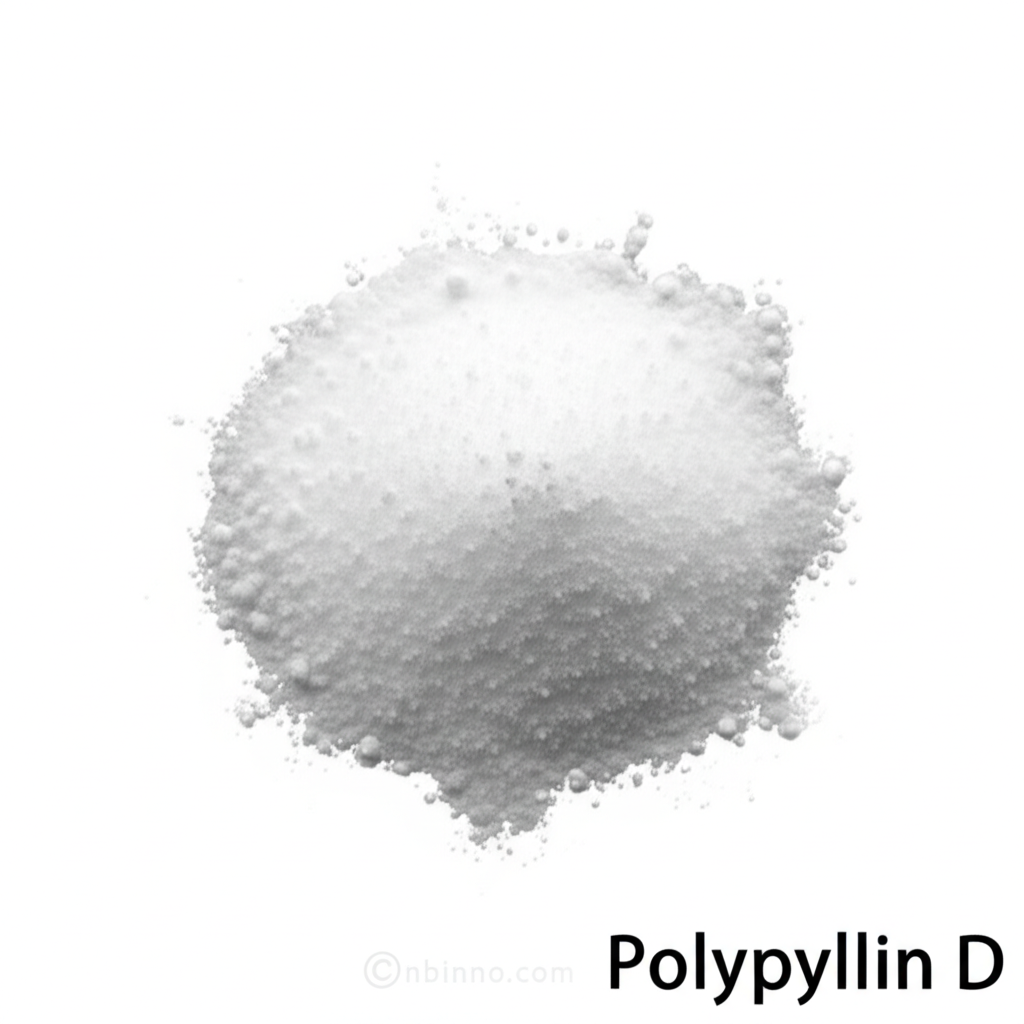Unveiling the Anticancer Mechanisms of Polyphyllin D: A Proteomics Study on Triple-Negative Breast Cancer
Discover how this potent natural compound, Polyphyllin D, targets cancer cells through novel molecular pathways, offering new hope for triple-negative breast cancer treatment.
Get a Quote & SampleProduct Core Value

Polyphyllin D
Polyphyllin D is a potent steroidal saponin extracted from Paris polyphylla, recognized for its significant anticancer properties. As a leading supplier in China, we provide high-purity Polyphyllin D for critical research into targeted cancer therapies. Our commitment ensures that researchers have access to reliable compounds for advancing the understanding of diseases like triple-negative breast cancer.
- Exploring the precise Polyphyllin D anticancer mechanisms against triple-negative breast cancer offers a new avenue for treatment.
- Utilizing proteomics analysis of cancer drugs like Polyphyllin D helps identify novel therapeutic targets and pathways.
- Investigating the role of oxidative phosphorylation pathway in cancer and how Polyphyllin D reactivates it provides insights into its cytotoxic effects.
- Understanding spliceosome inhibition cancer therapy by Polyphyllin D reveals its multifaceted impact on cancer cell function.
Advantages of Using Polyphyllin D
Cell-Type Specific Efficacy
Our research highlights how Polyphyllin D exhibits distinct anticancer effects depending on the cell type, showcasing its potential for personalized treatment strategies in TNBC treatment with Polyphyllin D.
Novel Pathway Activation
By reactivating the oxidative phosphorylation pathway and impacting spliceosome function, Polyphyllin D demonstrates a unique approach to combating cancer, aligning with advancements in targeted cancer treatments.
Identification of Key Targets
The study identifies NOMO2/3 as potential targets, furthering our understanding of Polyphyllin D's mechanism and opening doors for developing drugs that leverage NOMO2/3 as PD targets.
Key Applications
Anticancer Research
Investigating the complex cellular mechanisms of Polyphyllin D contributes significantly to the field of natural saponins for breast cancer research.
Triple-Negative Breast Cancer Therapy
This compound is crucial for studies aiming to develop new therapeutic agents for TNBC, offering a promising example of traditional medicine innovations.
Drug Mechanism Elucidation
The proteomics approach used here is vital for understanding how drugs like Polyphyllin D work at a molecular level, supporting the broader field of proteomics in drug discovery.
Oncology Drug Development
Polyphyllin D serves as a valuable reference compound for developing next-generation anticancer drugs based on its distinct antiproliferative activity of Paris polyphylla.
